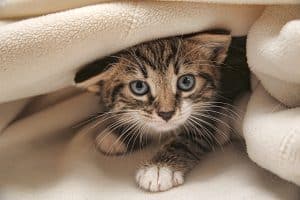 Timeline Of Tabby Cat Growth: A Guide To Age Vs. Size | FAQcats.com
Timeline Of Tabby Cat Growth: A Guide To Age Vs. Size | FAQcats.comTimeline Of Tabby Cat Growth: A Guide To Age Vs. Size If you have a tabby cat (or any cat for that matter), you know how much of a joy you should have. They run around, they play with you, they show a lot of affection and they really love life! Whether it's a tabby pattern cat or not, cats are all unique and have different periods of growth and life expectancy. Because each cat is different, I decided to compile as much research as I can in this useful guide. This guide is oriented towards tabby cats but will show you what to expect to certain ages and sizes. We will bring down everything from the newly born kitty stage to adulthood and the final stages of a cat's life. I will also share with you some common health problems in domestic cats that you may encounter during specific stages of the growth schedule. Newborn kittens The first stage of any cat's life is the newly born kitty stage. This is when they are first discovering who they are and what they can do. Kittens begin to develop their eyes, forming their own unique eye pigment, learning to be vocal and listening. They also discover puring, as they begin to build trust with the owners. When a kitten is born in a litre, usually with other kittens, it will be extremely weak at this stage. They will participate in a lot of nursing with the mother cat while building their strength and trying to add some weight. Its main source of food outside nursing will be the kitten formula. Kitten formula as it contains all the essential vitamins and minerals to help them grow in strong and healthy cats. A newborn kitten will usually take a full 7 – 8 weeks before it gets on it is the first few pounds of weight. A newborn kitten only weighs between 2 – 6 ounces initially! The larger races will weigh at the top of the spectrum, but on average newborn kittens weigh between 3.5 to 3.75 ounces just at birth. That's between 80 – 150 grams of weight! If there are many kittens in the litre, the newborn kitten will weigh less due to resources. If there are fewer kittens in the litre, the newborn kitten will weigh more. What you will notice about newborn kittens is that they gain weight quickly once they start feeding. A newborn kitten will weigh considerably more for its second week in existence. It's not weird to see them almost double their weight in the first week. If you are planning to feed the newborn kitten yourself, it is important that you limit your food consumption. Young cats are famous for eating a lot, so limiting food intake between 8 to 10 grams per day should be fine. Overfood kittens can cause a lot of problems. This includes topics such as: Below is a typical feeding chart to accompany the first weeks of a newborn kitten life. The chart will show you what you should expect in your weight development during that period of time. Age kitty Weight kitten Daily formula to feed Food per day 1 week 3.5 ounces 32 cc 4-6 2-3 weeks 7 to 10 ounces 56 - 80 cc 3-4 4 - 5 weeks 12 ounces – 1 pound 104 - 128 cc 3 As you can see in the chart, newborn kittens need to be fed multiple times a day; sometimes up to 5 – 6 times! As the kitten age, you will be able to reduce the number of feeding sessions you need. Once they reach between 10 ounces to 1 pound in weight, they must be eating at least 3 times a day. Kittens will eat mainly formula at this point, and as the amount of feeding sessions decreases, the total amount of formula actually increases. It is better to test and feed the kitten in increments even throughout the day. Food times should also be consistent so that they can develop a routine and can be anticipated when they will be hungry again. A newborn kitten should eat every 2 to 3 hours during its first 3 to 5 weeks of life. Two to six months Old Somewhere in the early second month, your kitten will be able to start learning to use the trash box. This is really achieved by seeing the mother cat and developing those instincts over time. They will also be walking more confident than before, although they might still be agitated in their approach. Kittens are fast, however, and eventually develop the balance needed to walk comfortably. During this stage, many explorations are carried out. Around the mark of 7 to 8 weeks, kittens should weigh between 1 to 2 pounds. That might seem small, but considering most cats only weigh 6 to 12 pounds in weight means they're growing very quickly! Kittens usually have a greater appetite compared to adult cats. It's not weird that you find yourself feeding a kitten several meals a day as their bodies grow. At this point, especially in the second and third months, your kitten will need its first round of shots. Kittens should receive vaccines every three to four weeks until they are about five or six months old. Vaccines can be extended more after that period. Kitten vaccines are vital because they help protect against common diseases. If you have a specific race that is more likely to attract a particular disease, then you may need additional vaccines beyond the central group. Below are some common diseases that kitten vaccines will help prevent: In general, vaccines are not always cheap. Usually, a veterinarian will want to perform an initial assessment on his kitten that will add an additional cost to vaccines. Below is a suggested kitten vaccination program for the first 16 weeks of your life: Vaccines When to administer the vaccine Feline Herpesvirus Not before 6 weeks. It requires 1 to 2 more doses later. Calicivirus Suggested at 6 weeks of age. FelVGiven at 8 weeks. It requires another dose 1 month later. RabiesRequires 1 dose not before 8 weeks of age. Recommended annual review. Panleukopenia Given at 8 weeks Bordetella One of the first vaccines at 4 weeks old. He'll need an annual checkup. Six months to ten months old In the sixth month, your cat will have packed a little weight. This will be around the brand of 24 – 25 weeks, and your cat should weigh anywhere from 5 to 8 pounds. The weight of your cat at this juncture is important because they are somewhere between 50 – 75% of what would be your final adult weight. Again, all this depends on the breed and genetic makeup of your cat, but this is just an average. Your cat's appearance is something to take note of. Although they may look like adults, they are still highly regarded as kittens. You can say it because the torso will still be thin and tall. The legs will also be on the thin side compared to an adult cat. Your teeth will also be much larger at this point that is another suitable growth indicator. At this point, it is vital that the cat receive regular checks at the veterinarian. This is the point where you will need important vaccines at several points in your growth. While the cat is still growing, this is also the point in time when getting them neutral or spaced is appropriate. Of course, you will want to check all this with the veterinarian to make sure the cat has developed properly and is ready for the procedure. Female cats that are not spitted run the risk of becoming pregnant if there are male cats also in the house. Cat pregnancy carries its own separate trace of growth and weight gain and behavioral patterns. . In the seventh and eighth months you can expect your cat to display the following behaviors: The greatest thing you will notice is the physical development of the cat. They will begin to discover their ability to jump higher, run faster and take more calculated risks. Your cat will also become more social with other pets in the house if you have any. At this point, it is important that you set basic rules and give a strong impression on them early. If there's something you don't like them to do, then you need to train them to avoid those objects. Providing scratches, cat toys, and using deterrent sprays or noises can help with this. Once a cat has developed a routine, it is very difficult to work them out of that mentality as they age. Your teeth will also be close to development completion, so you can start offering different types of food to eat. Sometimes it takes nine to ten months for your baby teeth to go completely. The denture stage can be difficult and you can notice your just about everything you can. The need for Cat to be trained what to bite and what does not bite at this age; especially if it becomes aggressive. There are a lot of toys and ropes that can help a lot with this. I recommend it because they last long. Also using catnip in a play toy can help you get some of the chewing out of your system. It is better to relieve your cat in food for adult cats with a balance of wet and dry food. Try to find foods that are not too hard on your teeth if they are still developing. Foods for protein-rich adult cats have high proportions of humidity work better. Moving your cat in adult food too fast can cause. Eleven months to twelve months OldYour kitten has become a beautiful adult cat at this point. All vaccines must be complete and have grown significantly since their days of litre. These last two months are important because the cat will be cultivated in essence. They will have reached the ideal weight and size they will carry for most of their lives. Some cats will grow slower than others, and some breeds will never become too big to start. Cats must be totally transitioned to a diet of foods for adult cats by now. They will also be very active in exploring their environment and being social. It is important to remember that although cats may seem physically cultivated, their brains continue to mature. A lot of teenage behavior will still be present. At this time, the owner must be training and strengthening good behavior consistently, as it will be difficult to rectify later. Years of cat life The first years for a cat are considered between 3 and 6 years old. This is when they will be the most active and develop their personalities. Because your cat is so active at this age, it is important that your interest is regularly asked. Boring can be a problem with cats of this age, and it is likely that this frustration will be unfolded in their furniture, carpets, windows and other valuables. Some of the toys on that list are purchased at the store, but there are also home toys that you can try. At this time, they must have their basic vaccines and be considered adult cats. They will need vaccines every year a couple of years after this point to increase those vaccines. If your cat is at a high risk for a disease, then the shots will probably be annual. It is important to keep pace with periodic veterinarian reviews. Most cat owners tend to think that their cat is totally healthy, yet they are so vulnerable to problems. The most common health problem of tabby cats and others will face at this stage will be dental disease. They can begin to experience tooth decay, gum disease, bad breath, and more. The food they eat can be one of the many causes of dental problems, but genetics is also likely a cause. This is not an area to neglect as dental problems can cause serious ramifications on the line. Subsequent years of cat life When a cat begins to age, they will begin to experience more complications. It is important that cats receive annual checks at the veterinarian and get tests for a variety of diseases and health conditions. The following years are 7 to 10 years old. The human equivalent will be somewhere between 40 and 50 years old. This is the period of time when your active cat will start to stop in your physical activity. Stimulating them is important because without constant physical activity they will begin to gain weight; sometimes considerably. Older years of Cat LifeMuch as dogs in fast ages, so a cat. Around this point, your cat must be 10 years old which is somewhere between 60 – 70 years in human years. That's pretty old! The older years of a cat's life can be really nice to them or really painful. Much of this depends on how well they take care of themselves in the early stages of life. However, cat bodies are degated with age. They can develop all kinds of physical problems such as arthritis, obesity, poor vision and poor balance. Diseases will be more difficult to combat without serious medical care. Lack of physical activity can be particularly problematic as it tries to help your cat maintain a healthy weight balance. Your cat may also require a change in the diet so that they can get certain nutrients and vitamins to help them work well at this age. The older years of a cat may vary, but once they reach about 15 years of age then that is considered a huge milestone. This also comes with more complications. Cats 15 years or more will likely experience severe behavioral changes. This may include changes in how your meow voice sounds, lack of consciousness, and even refusal to properly use the trash box. Your cat is likely to move very slowly and begin to experience some serious physical diseases at this point. Checks with the veterinarian will probably be more frequent and expenses will start to increase. If optics don't look well, it may be more human to have a discussion with the veterinarian about helping your cat transition peacefully. Common Questions about Cat Growth Tabby Now that you have a good understanding of how a tabby cat can grow and a basic timeline, you can have some other questions. Below are some common questions that most domestic cat owners have. How big is Tabby Cats? When someone asks about how big a tabby cat gets, they usually refer to any adult domestic shorthair cat with patterns on their skin. Remember, the term tabby really refers to the pattern of the layer, so it is not actually a cat race. Taking into account the size of a cat depends primarily on race and genetics, the real question should be "how big are domestic cats?". Some domestic cats can become as large as 16 inches tall, while others can only have as large as 8 inches. The average height of an adult cat will be somewhere between 9.1 – 9.8 inches. Compared to a dog that is quite small as average dogs between 6 – 44 inches! If you're wondering how heavy the tabby cats can get, numbers also continue to vary. The average adult cat can reach about 8 – 12 pounds in weight. Some races weigh less, and some races weigh considerably more. In general, female cats will weigh less than male cats on average. Male cats usually weigh 2 – 4 pounds heavier than their female counterparts. Male domestic cats weigh between 10 - 12 pounds on average. Female domestic cats weigh between 6 - 12 pounds. Some of the larger races will tilt the weight scale in the heaviest direction. Below is a list of the heavier cats that also present the tabby layer pattern: Does tabby cats stay small? While many cats grow over time, some of them have a growth cap. Part of it has to do with whether they are a male or female cat, and part of it is genetic. Generally speaking, there are certain races known to be on the smallest side: If you have a cat that does not appear in the previous races, then there may be another problem at hand. Cats who are not getting enough nutrients will obviously grow at a slower rate. Genetics or underlying disease can cause a sharpness in cat growth, so getting to a veterinarian is crucial. A veterinarian can help determine if your cat has a condition and requires a prescribed diet. How fast do tabby cats grow? Based on the previous time line, you can see that tabby cats grow at the same rate as any other domestic cat. Each cat will pass through the new stage kitten that lasts about 2 – 12 months. In that period of time, they begin to put some weight, gain their foot and develop their character. After that, the cat will pass through a rapid growth with an increase in appetite in its junior years. Eventually, your cat will go through half of life and it's older years. The whole cycle of growth of a cat's life can be anywhere from 10 to 15 years. Some cats can reach beyond the age of 15, although they will be a shell of their former beings. Most of that growth in a cat will take place in just the first 2-3 years. The weight they gain as kittens is doubled especially to almost a week. About 16 weeks, cats begin to settle in a more predictable weight gain pattern. For this point, they will have all the necessary vaccines and should be on a diet of adult cats soon after. Cats that are eaten can end up gaining weight at an unhealthy weight. Kittens will always try to protest for more food, so it is important that the owners be strict with the diet. If they feed too much, they may not be able to handle weight gain effectively and have physical problems early. As the frame of a cat grows and strengthens, then they can start eating a little more. Welcome to FAQCats! We are a team of cat owners and writers who love to write about everything related to cats. We strive to provide the most accurate and useful information about cats through extensive research and care of our own fur-pals! Recent Posts With all ears the phrase, "as grazing cats, and as any cat owner will tell you, it is an exact phrase. Trying to get cats to do exactly what you want them to be difficult and... If you have a playful cat, you've probably been there. You're interacting with your cat as normal, and then all of a sudden, they freeze for a second and then suddenly jump and dare to... About usHello there, and welcome to FAQCats. We own passionate cats and love by raising our little taby cat Harley boy. As cat owners, we always have questions about why cats do what they do. Therefore, with the help of other passionate cat owners, we have gathered this useful resource to help respond to all your most pressing questions about cat ownership, take care of them, and much more. Take a look and enjoy the content! FAQcats.com is a participant in the Amazon Services LLC Associates Program, an affiliate advertising program designed to provide a means for the sites to obtain advertising fees by advertising and linking to Amazon. Certain content that appears in FAQcats.com comes from Amazon Services LLC. This content is provided "as is" and is subject to change or removal at any time.
Tabby Cat Guards Your baby brother and becomes your Buddy cddle for life Like Love Meow on Facebook When the little boy found his best hairy friend, he slept with him so dearly that he cared nothing else about this world. Photo: He's got his best friend next to him. That little smile on his face is priceless. Dallas E. and his family adopted Puma the cat almost 10 years ago. This big tabby was like Ace the baby, when he joined the family. As he worships his eldest feline brother and Puma loves him the same and lets him bow to him when he needs a small group. Photo: Dallas English Before Ace was born, Puma liked to sleep on his own couch next to the bed of his humans. Photo: Dallas English Now he's napping with his little brother and his bodyguard for life! Ace has reached its size, and her love has also multiplied. Photo: Dallas English Best friends! Share this story with your friends! Related story: Subscribe to Love Meow Newsletter for more cat stories Popular stories Related Stories Follow Love Meow Main stories News © 2012-2020 Lovemeow.com, Inc. All rights reserved.

Cute small baby silver tabby cat containing cat, kitten, and animal | High-Quality Animal Stock Photos ~ Creative Market
Orange Tabby Kitten Newborn - Kitten : Pet Photos Gallery#j72j4pgB5G | Newborn kittens, Orange tabby cats, Tabby cat pictures
Cute Tabby Kitten Standing On White Plaid At Home. Newborn Kitten, Baby Cat, Kid Animal And Cat Concept. Domestic Animal. Home Pet Stock Image - Image of cats, animals: 164965787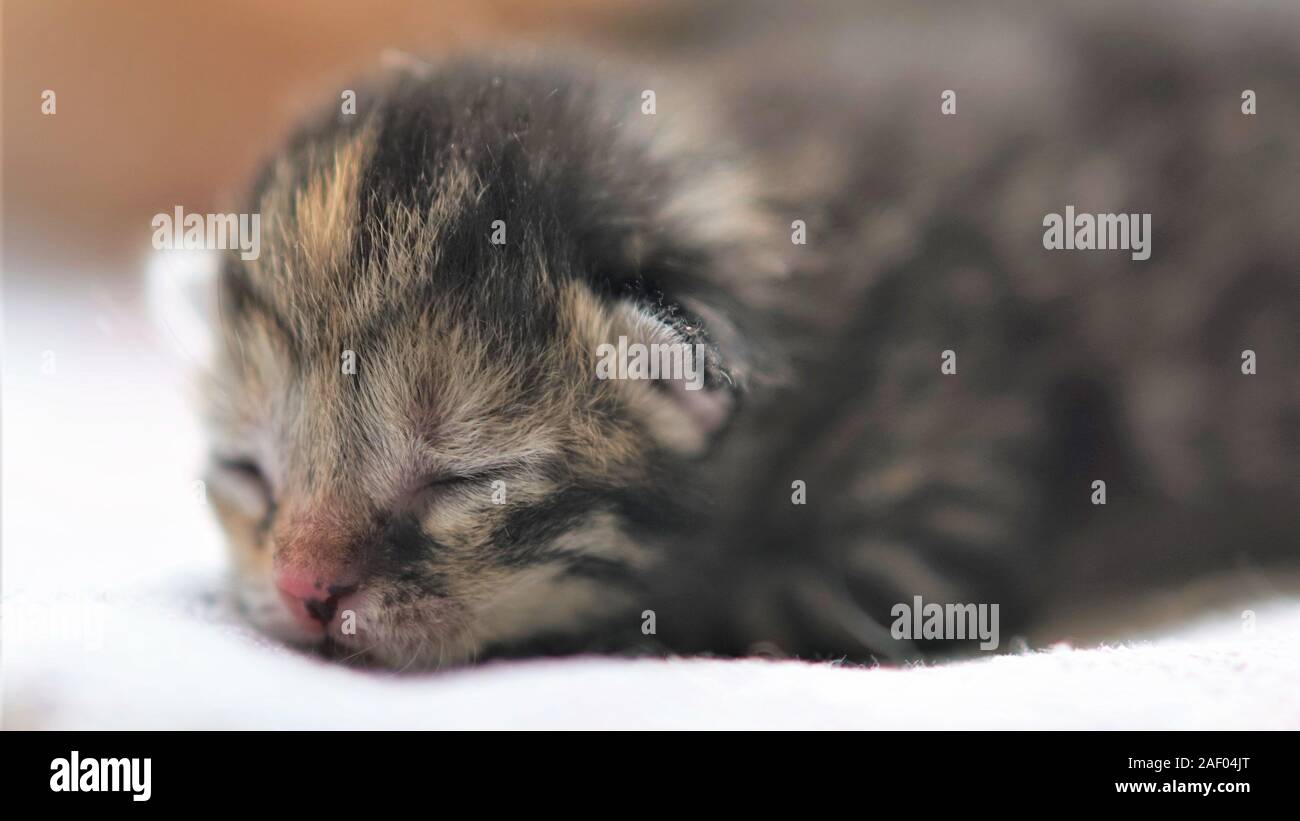
Cute tabby newborn kitten sleeping, baby animal sleep, closeup face Stock Photo - Alamy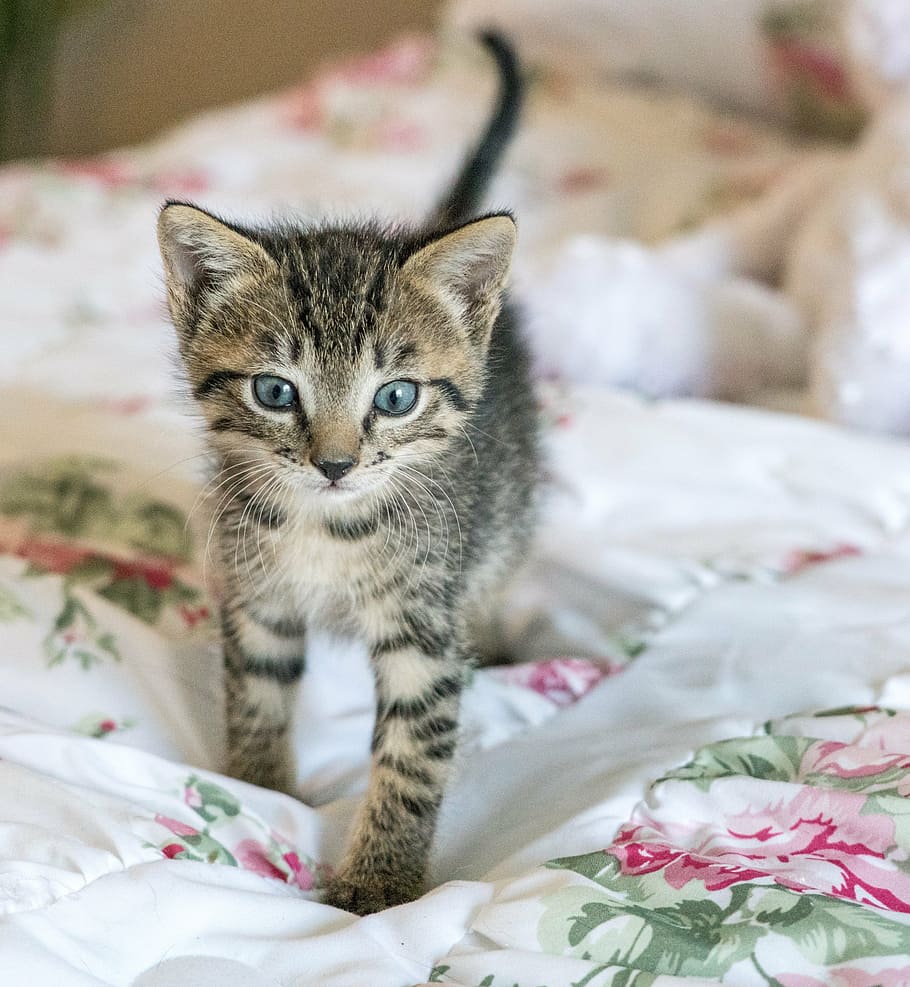
HD wallpaper: silver tabby kitten on comforter, newborn, cat, foster, cute | Wallpaper Flare
Cute Baby Tabby Cat Image & Photo (Free Trial) | Bigstock
Little Kitten On White Background. Tabby Cat Baby Stock Photo - Image of cute, background: 75710878
Little Kitten Isolated On White Background. Tabby Cat Baby Stock Photo, Picture And Royalty Free Image. Image 91682355.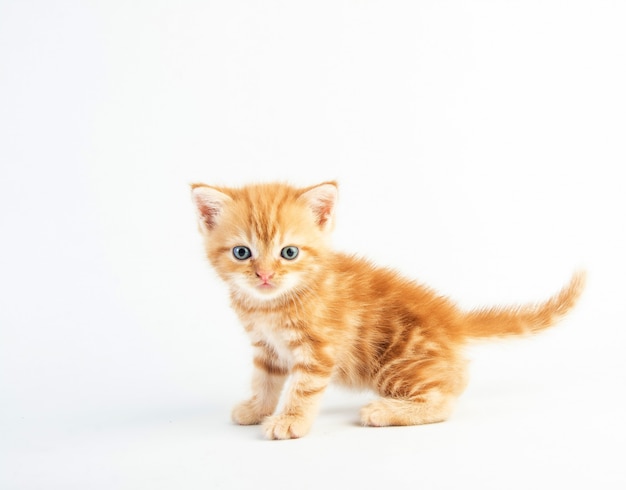
Premium Photo | Cat baby tabby kitten cute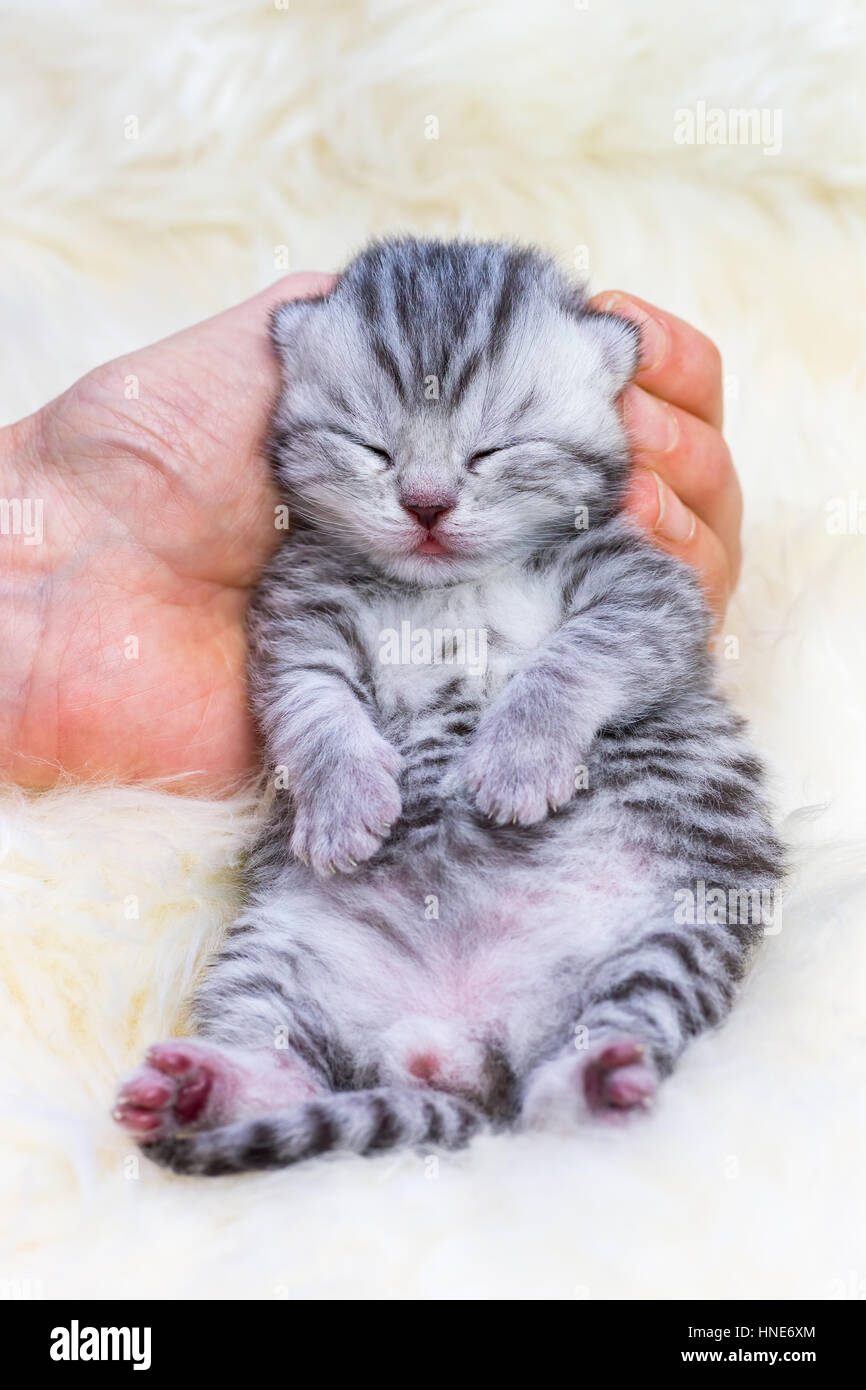
Newborn british shorthair silver tabby cat lying sleepy in hand on Stock Photo - Alamy
Emberstep and Flamekit. Emberstep is an orange tabby female with greenish-gold eyes. She is a kind, calm cat, but can be v… | Cats, Kittens cutest, Cats and kittens
Rescued Kittens Born with Silver-gray Coat Grow Up to Be Beautiful Tabbies - Love Meow/germany-newborn-kittens-sleeping-on-blanket-close-up-140882478-57d961f43df78c583396727b.jpg)
Kitten Development from Newborn to One Week
Newborn Tabby Kitten On White Background Stock Photo - Download Image Now - iStock
Cute Tabby Kitten Image & Photo (Free Trial) | Bigstock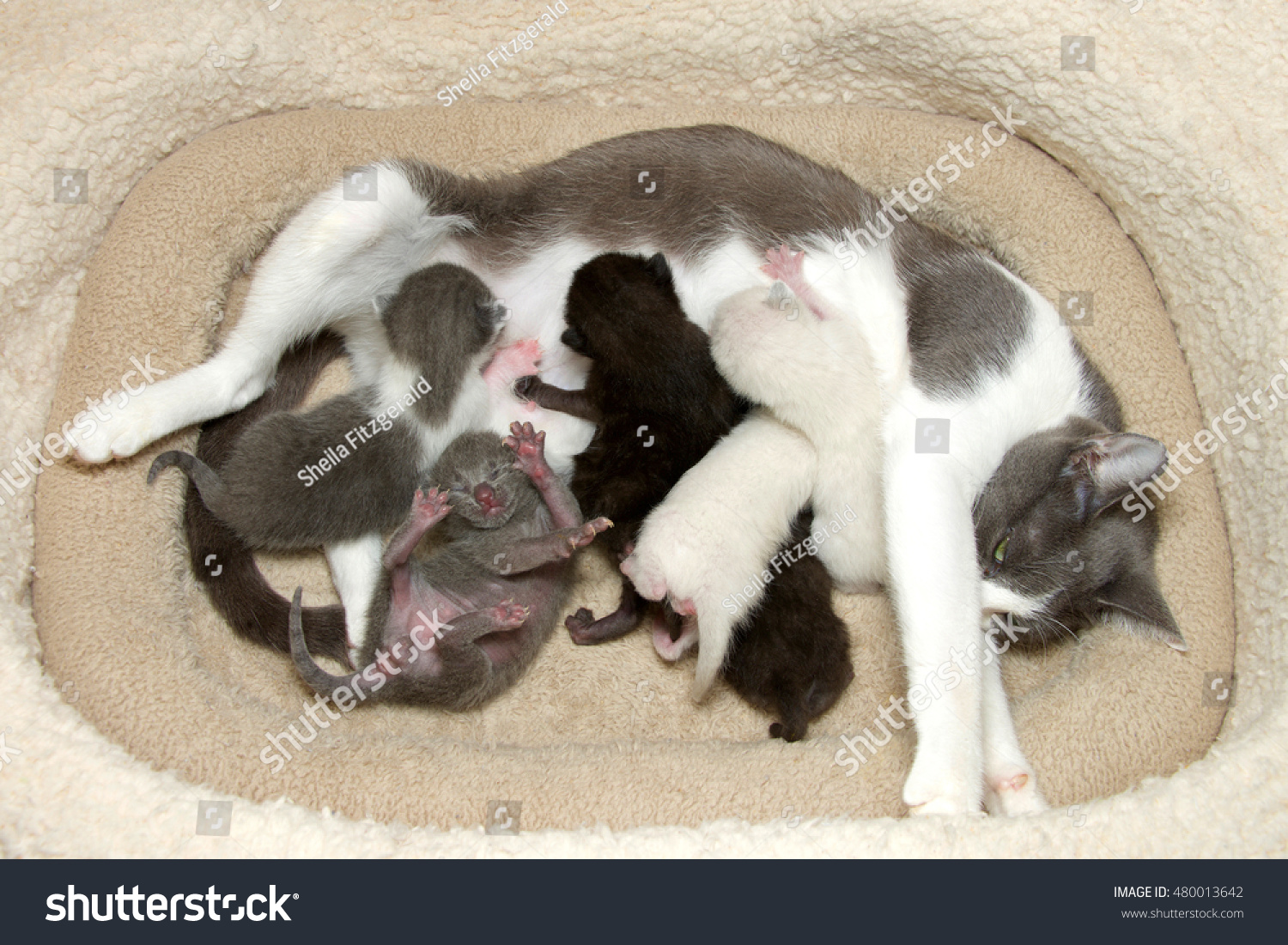
Tabby Newborn Cream Kittens - newborn kittens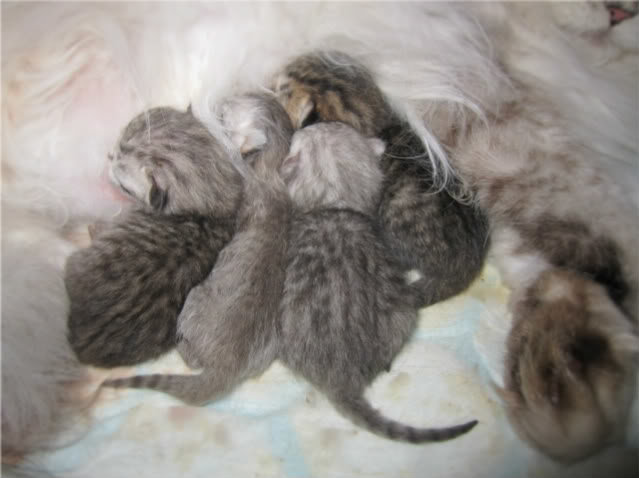
Do coat patterns change as a kitten grows? | TheCatSite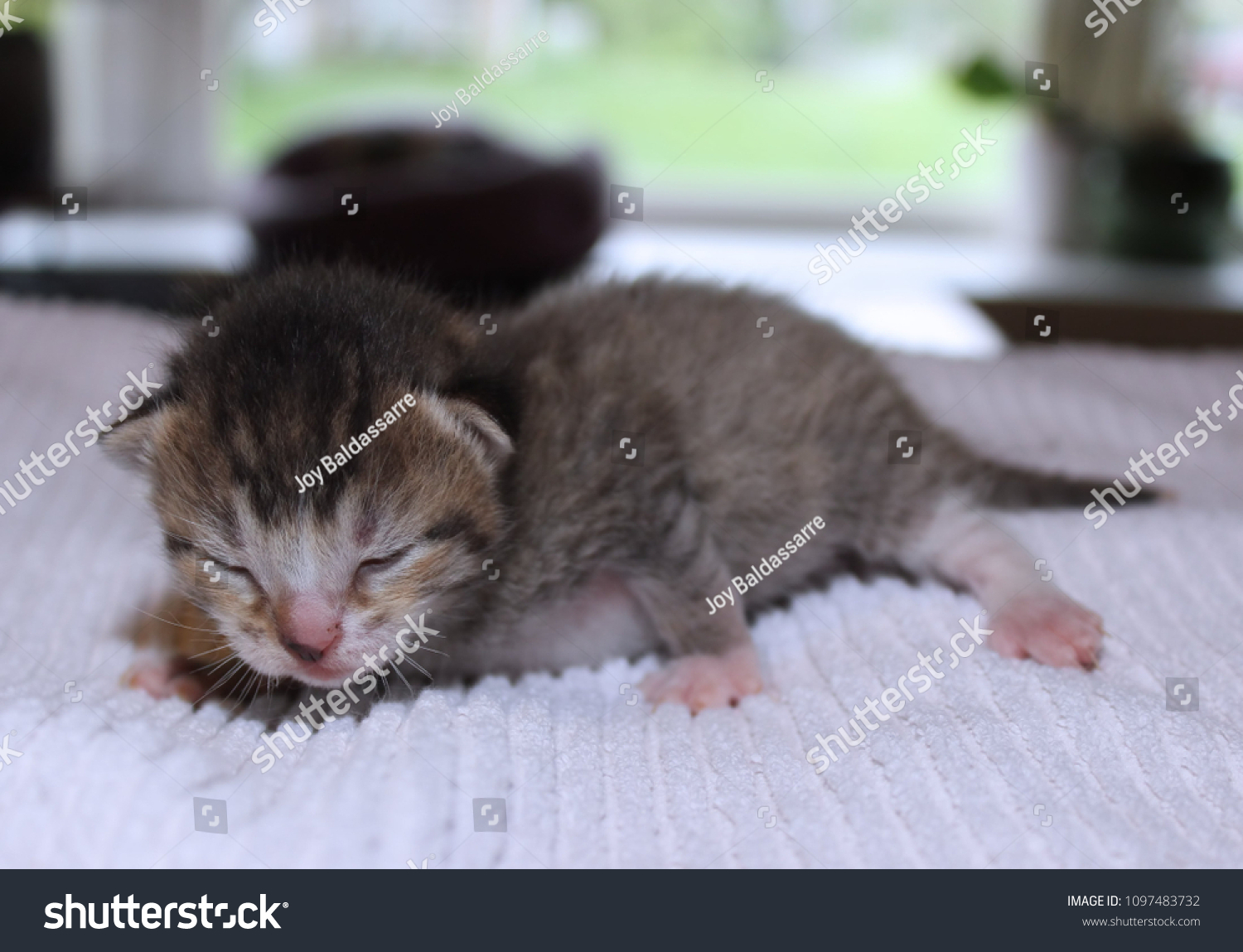
Newborn Brown Tabby Kitten Stock Photo (Edit Now) 1097483732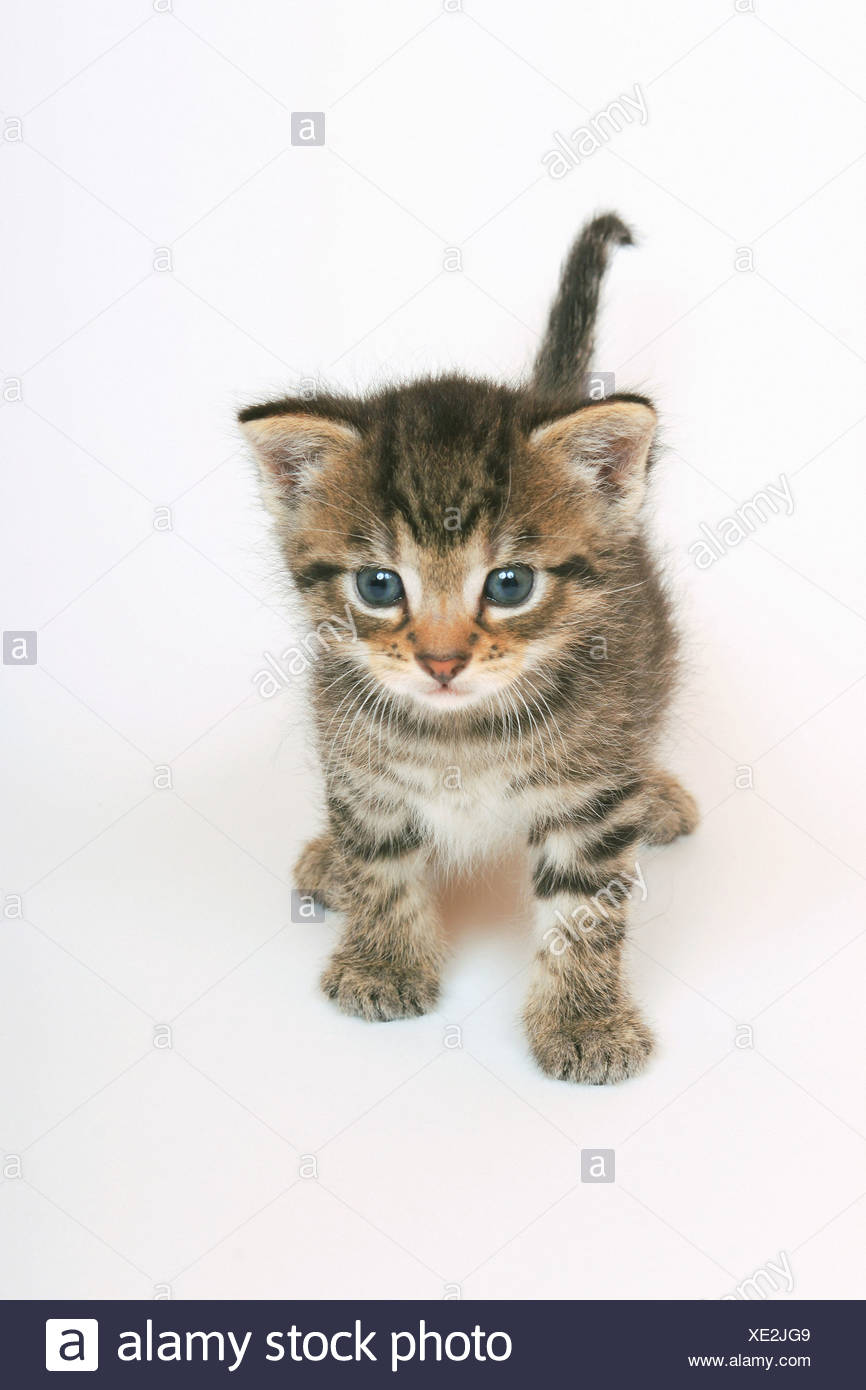
Tabby cat house cat domestic Kitten Kitty Baby Young Pet Pets Cute Studio One Single Stock Photo - Alamy
7 Tips for Newborn Kitten Care ׀ Hill's Pet
Tiny Baby Tabby Kitten - YouTube
3,245 Newborn Tabby Photos - Free & Royalty-Free Stock Photos from Dreamstime
Newborn Tabby Kitten On White Stock Photo, Picture And Royalty Free Image. Image 31467544.
Protective Cat Mama and Her Tabby Baby - Love Meow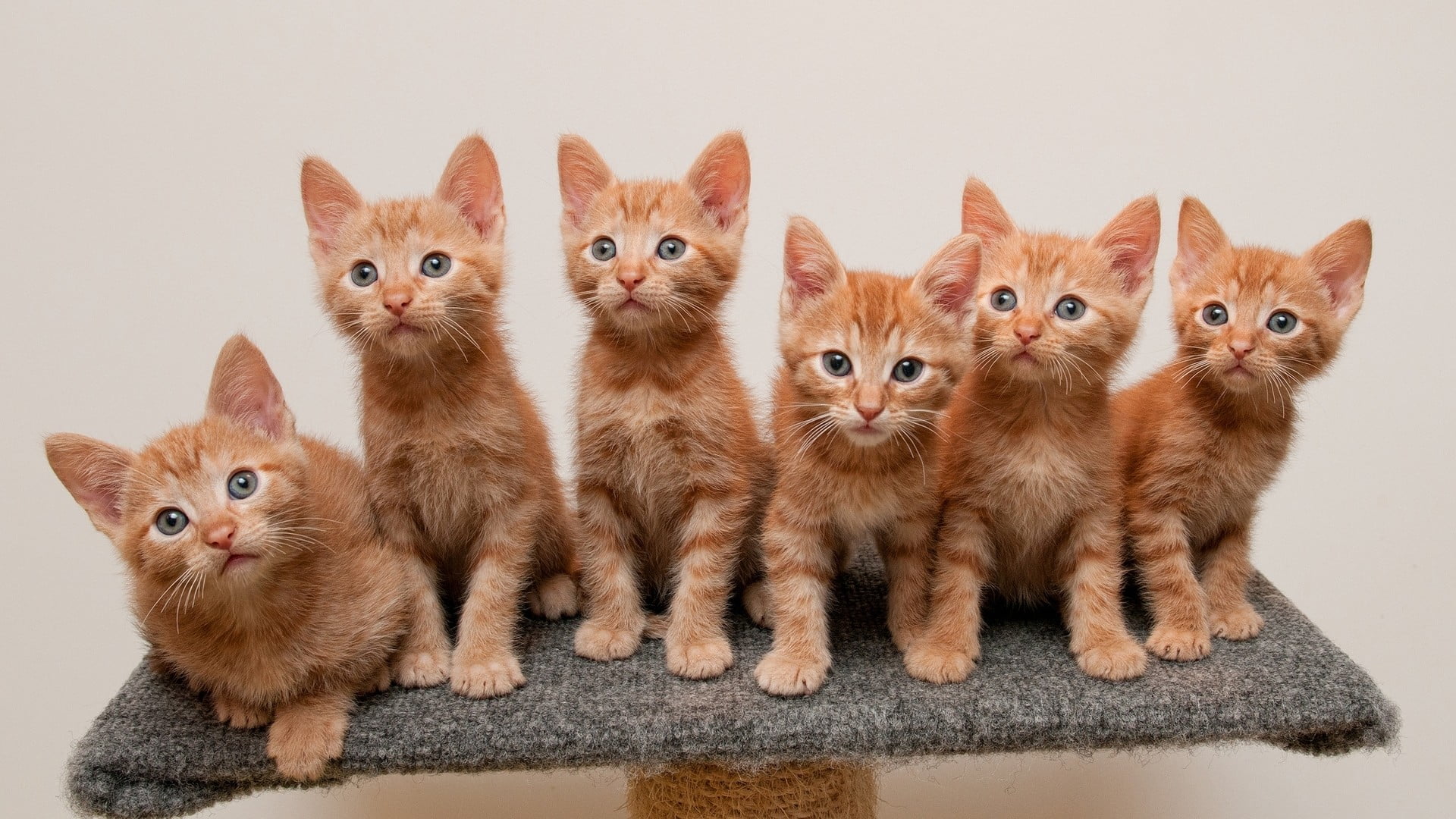
Six orange tabby kittens, animals, cat, baby animals, sitting HD wallpaper | Wallpaper Flare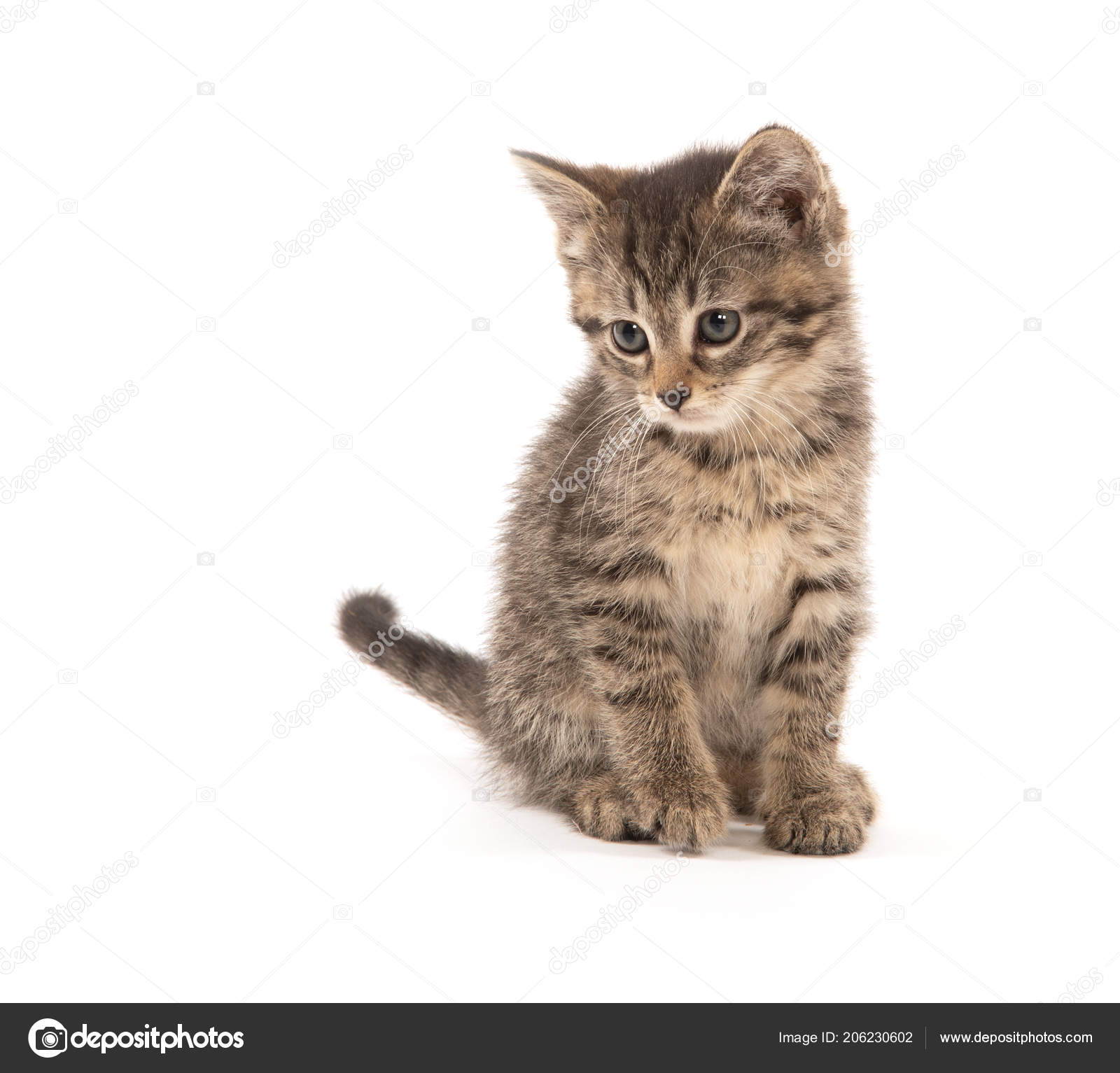
Cute Baby Tabby Kitten Isolated White Background ⬇ Stock Photo, Image by © EEI_Tony #206230602
cute,tiny newborn kittens - Kittens Photo (41414113) - Fanpop
Tabby Cat Guards His Baby Brother And Is His Cuddle Buddy For Life #Cats #Pets #Cute #TabbyCat | Giant cat, Tabby cat, Cats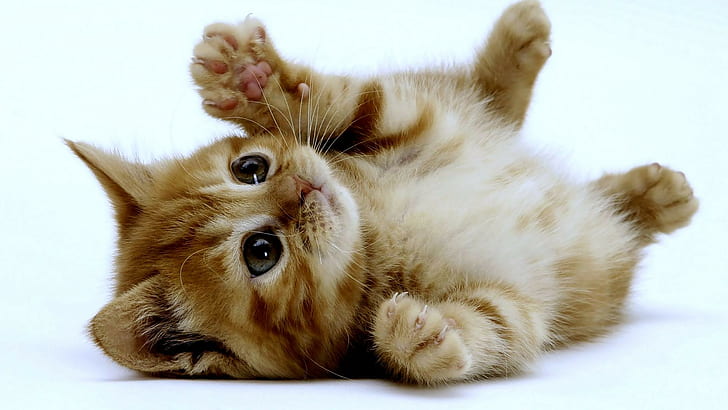
Kitten HD, brown tabby kitten, baby, cat, cute, kitten, paws, playing, small, HD wallpaper | Wallpaperbetter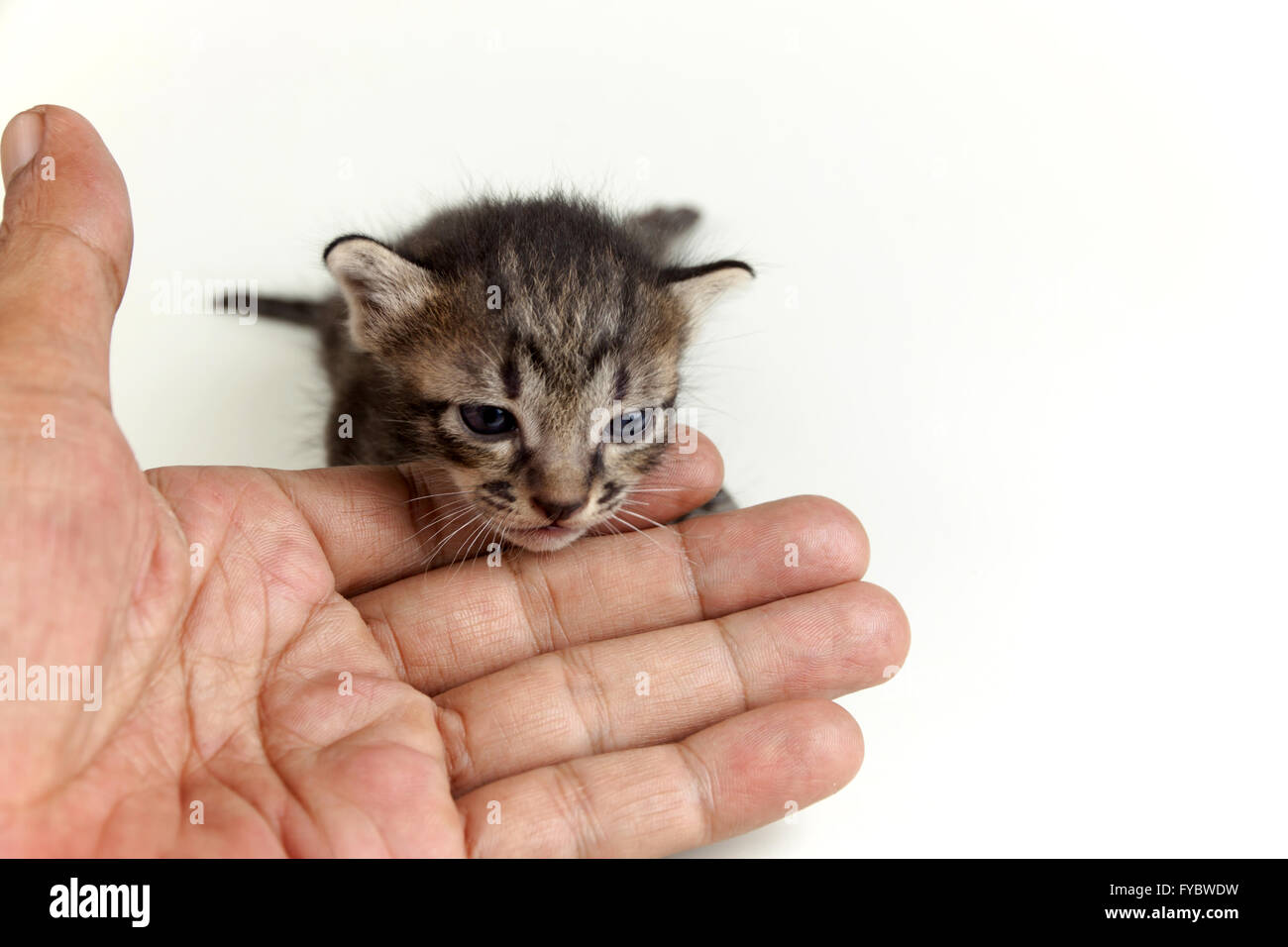
human hand gently holding face of adorable newborn brown tabby kitten Stock Photo - Alamy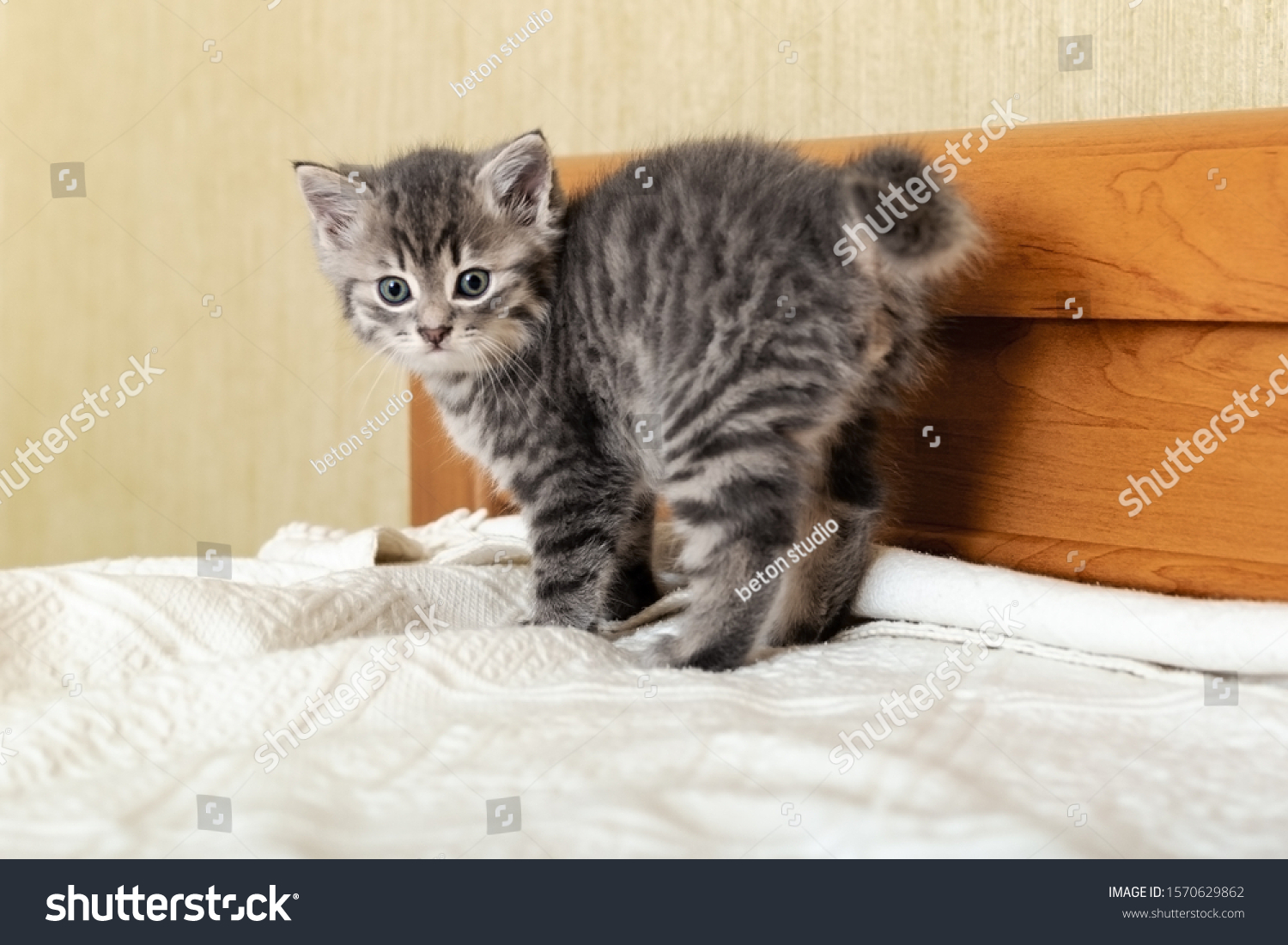
Cute Tabby Scared Kitten Standing On Stock Photo (Edit Now) 1570629862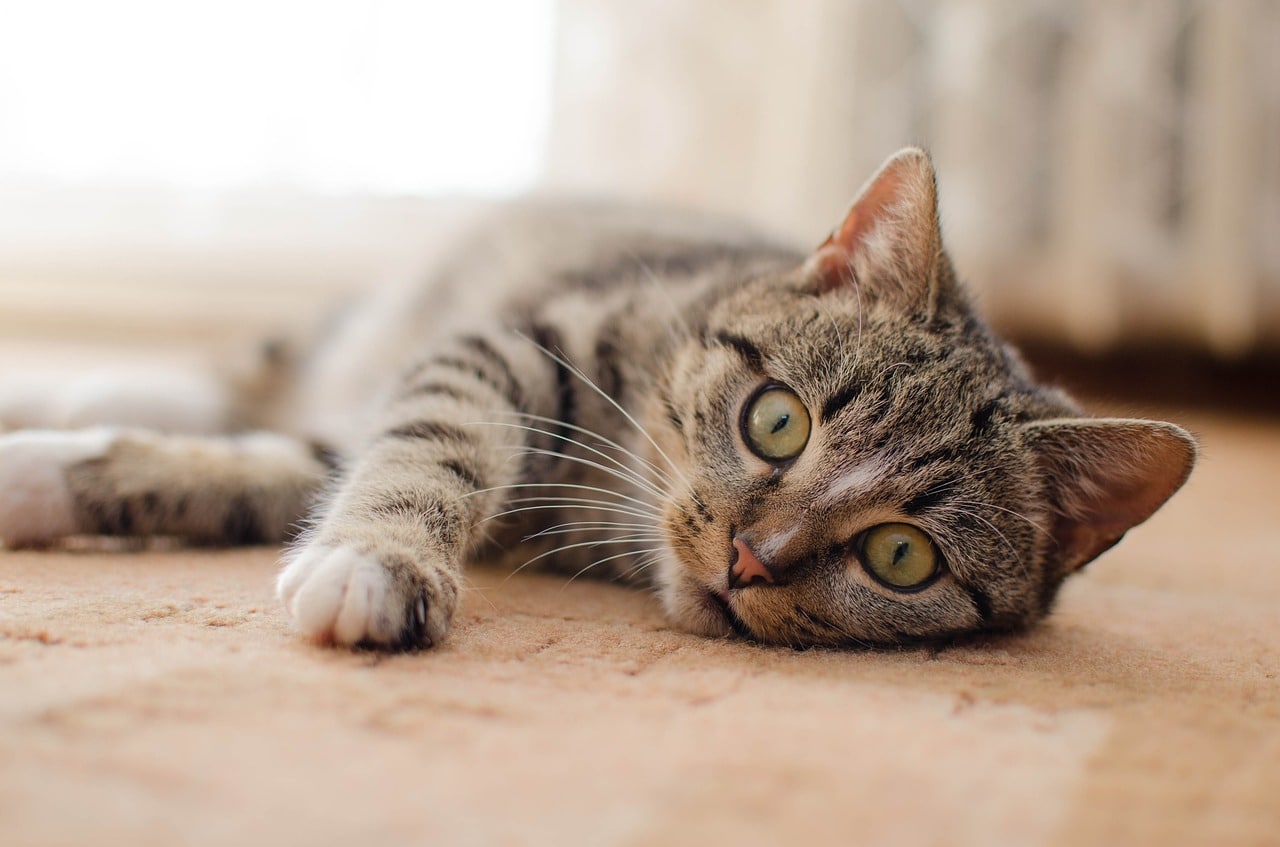
Cat Names for Tabby: 70+ Name Ideas That Are Truly Terrific
Mother Tabby Cat Suckling Four Newborn Kittens Art Print by taiche | Society6
Kitten Red Mackerel Tabby Cat Baby - Free photo on Pixabay
Cats bond with caregivers just as much as babies and dogs
Kitten Red Mackerel Tabby Cat Cat Baby Autumn- 12 Inch By 18 Inch Laminated Poster With Bright Colors And Vivid Imagery-Fits Perfectly In Many Attractive Frames - Walmart.com - Walmart.com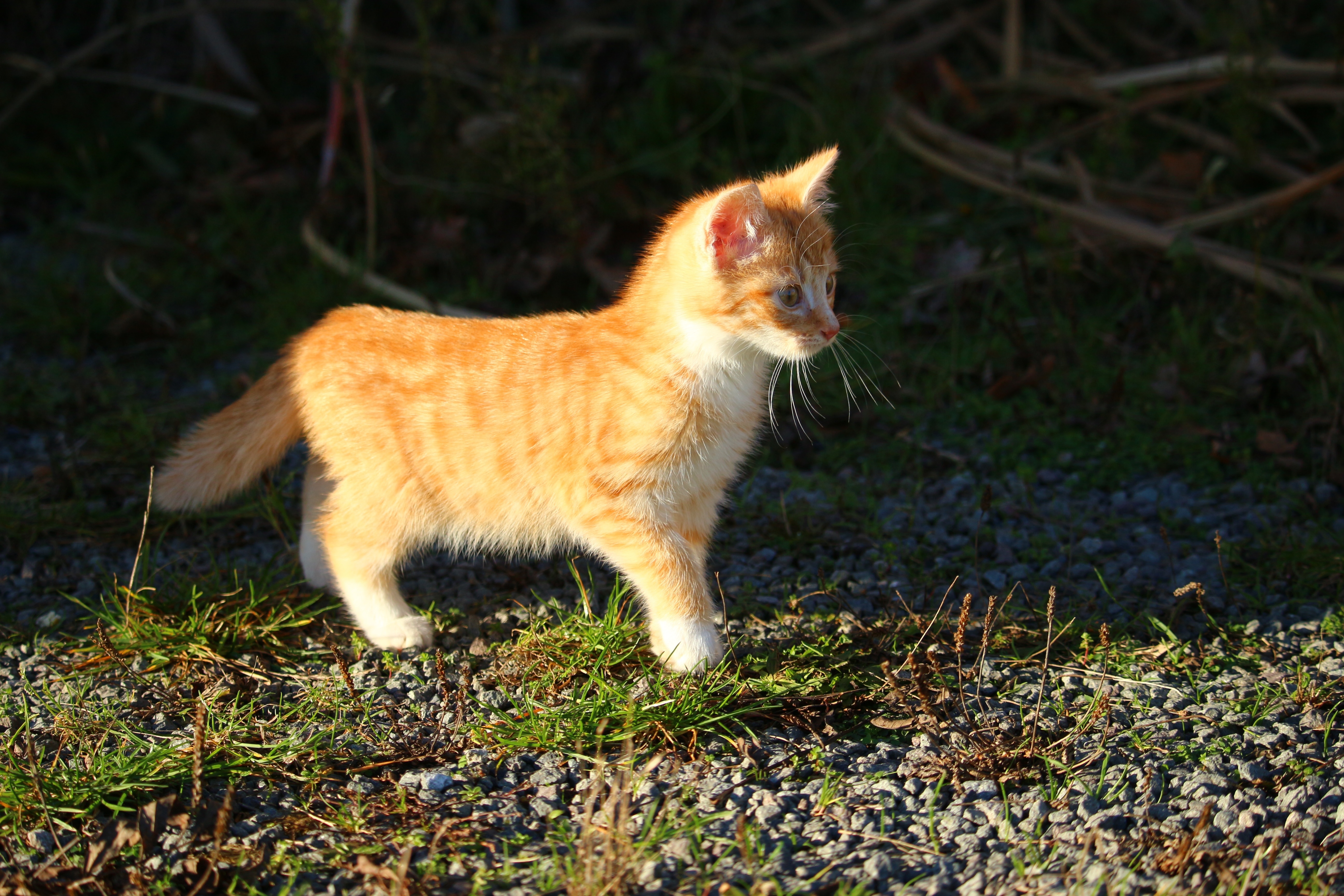
200 royalty free cat baby images | Peakpx
Sleeping Newborn Silver Tabby Cat In Hand Stock Photo - Download Image Now - iStock
Portrait Of Cute Baby Tabby Kitten Isolated On White Background... Stock Photo, Picture And Royalty Free Image. Image 122398697.
 Timeline Of Tabby Cat Growth: A Guide To Age Vs. Size | FAQcats.com
Timeline Of Tabby Cat Growth: A Guide To Age Vs. Size | FAQcats.com











/germany-newborn-kittens-sleeping-on-blanket-close-up-140882478-57d961f43df78c583396727b.jpg)

























Posting Komentar untuk "tabby cat newborn"